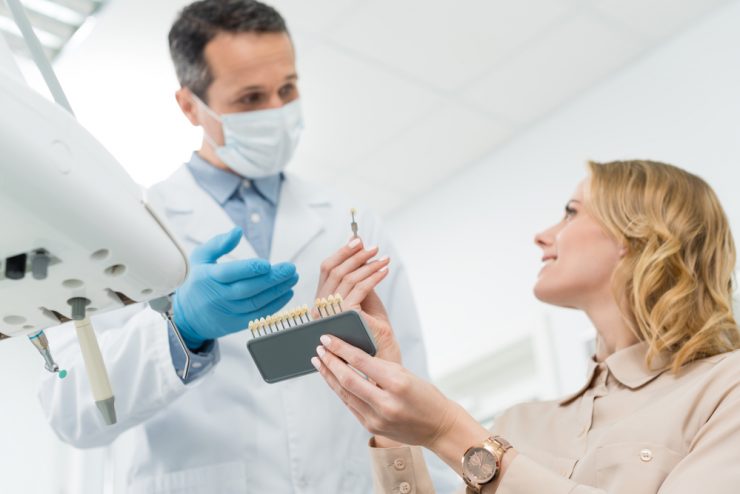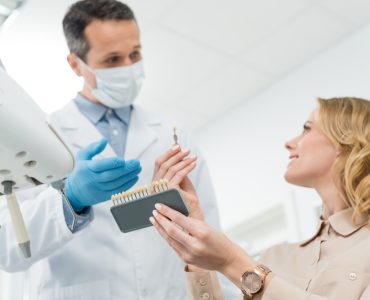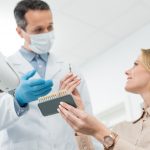Neurofibromatosis affects the nervous system. It is genetic disorder caused by change in gene affecting the DNA coding, gene can change spontaneously for no reason, these changes happen in the egg before conception or it can be inherited from your parents.
Neurofibromatosis are in two different type:
Nf1 (peripheral Nf or Von Recklinghausen’s disease)
Nf2 (bilateral Nf).
Nf1 is the most regular type and Nf2 is fatal.
Neurofibromatosis affects all races and genders equally. About one in 35000 is having Nf2 by birth and one in 2500 is having NF1 by birth.
This causes tumours which are non cancerous, these grow on the nerves all around the body. Different problems arise with these growths, depending on the location, size, number and also type of neurofibromatosis. There is no cure for neurofibromatosis but studies are on.
Symptoms
Nf1
Although Nf1 start to develop since childhood, the initial signs on the skin are coffee coloured one or two birthmarks. Nf1 can be suspected if more than six marks appear by the time the child is five years old. Freckles in odd places like under the breast, groin and arm pits are few symptoms of Nf1.
Tiny tumours called neurofibrom develop on nerves of the skin and at times deeper inside the body, as the child grows. These tumours differ in size while few are soft and other are round & firm. These multiply in number & size with the child’s age.
Nf1 can just be a skin condition for few people, and they do no face any medical problem. Complications occur which can seldom be serious.
Complications
Hearing and eye sight problems are caused as the neuromas press on nerve of ears and eyes. This can lead to lower IQ, behavioral problem and learning difficulties in about 60% of children, with short term memory problem, spatial awareness and weak co-ordination are quite common.
Few Neurofibromas distribute around large nerves as they multiply and may feel like cords or knots beneath the skin. They grow anywhere & are called plexiforms. The growth can be large, disfiguring, depending on their shape & size near the skin’s surface and painful if it gets knocked.
Other complications can also occur in about 30-35% people with Nf1, which include:
- hearing defects
- increased risk of epilepsy
- speech problems
- tumours on the eye nerves
- brain and spinal tumours
- benign (non-cancerous) skin tumours
- bone problems
- scoliosis
- high blood pressure,
- Nf2
Nf2 symptoms are more dangerous. Tumours instead growing in the skin, grows on nerves in the body. Tumour that grows on the nerve to the ear is most common sign and is called acoustic neuroma resulting in loss of hearing. - Hearing loss
This develops in early twenties or in teens. As the rate at which tumours grow varies it can have worse affect in one ear as compared to another. At times unsteadiness while walking, roaring or ringing in ears is often noticed.
Frequent check ups are recommended for people with Nf2, as some tumors grow slow not causing any problems while other grow rapidly. Before any further damage is caused, tumours can beremoved
Children very seldom have cataracts, in if it is present it helps Nf2 diagnosis. This can be removed it or glasses can be used. - Tumours
Nf2 complications can get serious if the tumours are on the spinal cord, brain and skin. They can cause fits, difficulty balancing, vision problem and headaches if pressure is put on the brain by their position.The symptoms like pain or numbness, trembling are caused by tumours on the nerves or spinal cord around it. Spinal tumours surrounding the neck affect the face, making it difficult to swallow, smile or blink.
Non cancerous tumours can look swelled on the skin that develop in Nf1. This should be checked if it gets painful, change and grow.
Causes
A faulty gene can cause Neurofibromatosis. Problems with chromosome give rise to genetic conditions affecting the gene. Abnormality in Chromosome 22 causes NF2 and abnormality in chromosome 17 causes Nf1.
Inherited condition
This abnormal gene can be present in all the sperm or eggs resulting in 50% chance for it to pass on to your child. This condition can be inherited.
Spontaneous mutation
If there is spontaneous change in the gene just before conception whether in sperm or egg neurofibromatosis can develop with out having any family history.










